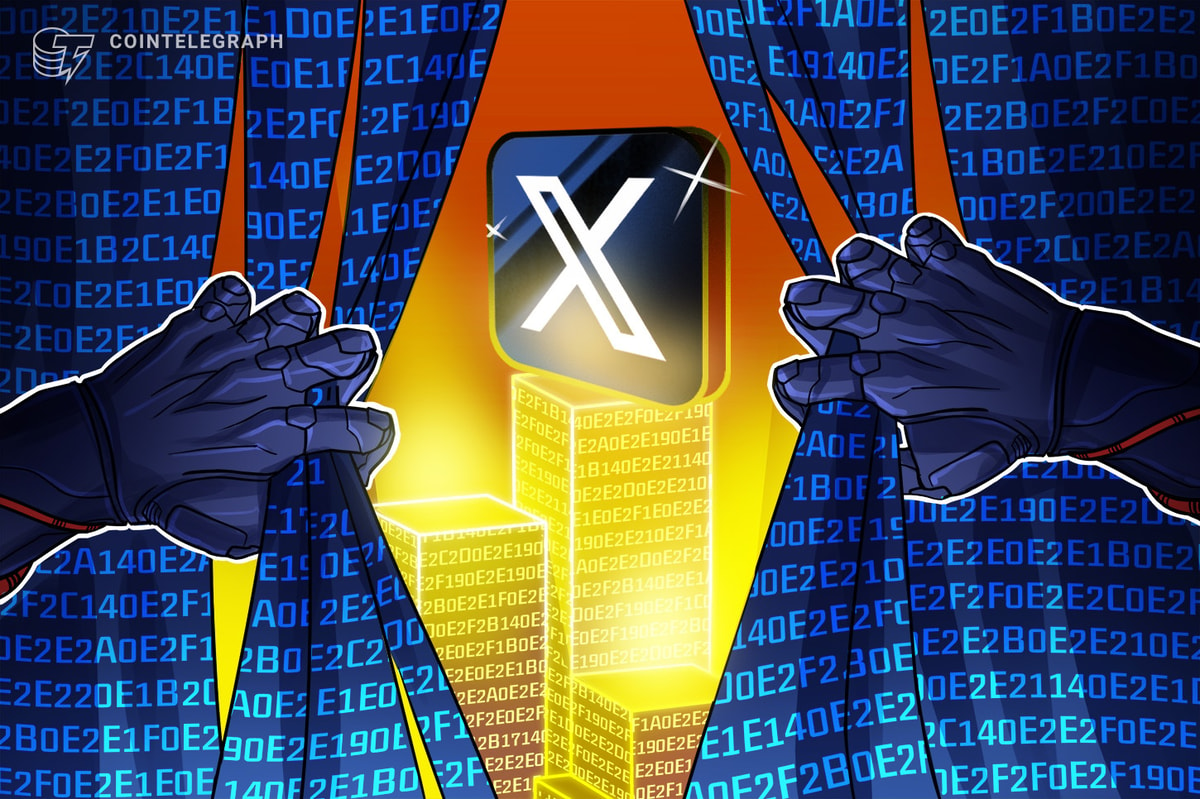A group of major European banks has joined forces to launch a euro-pegged stablecoin in compliance with Europe’s Markets in Crypto-Assets (MiCA) framework.
Dutch lender ING and Italy’s UniCredit are among nine banks participating in the development of a euro-denominated stablecoin, according to a joint statement published by ING on Thursday.
Built in compliance with Europe’s MiCA regulation, the stablecoin is expected to be issued in the second half of 2026, with a mission of becoming a trusted European payment standard in the digital ecosystem.
The announcement noted that the initiative aligns with Europe’s plans to provide a local alternative to the US-dominated stablecoin market and to contribute to the EU’s strategic autonomy in payments.
Banks from eight EU member states initially involved
Alongside ING and UniCredit, the European stablecoin initiative also includes Spain’s CaixaBank, Denmark’s Danske Bank, Austria’s Raiffeisen Bank International, Belgium’s KBC, Sweden’s SEB, Germany’s DekaBank and another Italian lender, Banca Sella.
The founding members have also established a new company headquartered in the Netherlands, ING’s home country, to oversee the development and management of the stablecoin.
The banking consortium said in the joint announcement that it remains open to other banks joining the stablecoin project.
24/7 access to cross-border payments
According to the statement by ING, the projected euro stablecoin is expected to provide “near-instant, low-cost payments and settlements,” enabling 24/7 access to cross-border payments.
The stablecoin is also set to offer programmable payments and improvements to supply chain management and digital asset settlements, which can vary from securities to cryptocurrencies.
Related: Société Générale taps Bullish to debut MiCA-licensed USDCV stablecoin
“Digital payments are key for new euro-denominated payments and financial market infrastructure,” said Floris Lugt, ING’s digital asset lead and joint public representative for the project.
“We believe this development requires an industry-wide approach, and it’s imperative that banks adopt the same standards,” he added.
Digital euro delayed to 2029
The announcement of a joint stablecoin project by leading European banks came shortly after European Central Bank Executive Board member Piero Cipollone estimated that the EU’s digital euro could become a reality in 2029.
Cipollone, who also serves as deputy governor of the Bank of Italy, noted that the European Parliament is widely expected to outline a general framework for the EU’s proposed central bank digital currency (CBDC) by May 2026.
Given the prolonged development of Europe’s potential CBDC — which has been under consideration since 2020 — some online commentators described the new stablecoin launch as a “digital euro’s obituary notice.”
Related: US House to consider retroactive CBDC ban in market structure bill
Others have speculated that the upcoming stablecoin could serve as a “backdoor CBDC,” although, by definition, a CBDC is issued directly by a central bank.
The preference for stablecoins over CBDCs is not unprecedented. In early 2025, the Trump administration made a historic decision to ban CBDC development in the US, while simultaneously committing to promoting US dollar-backed stablecoins as a key component of its financial strategy.
Magazine: 7 reasons why Bitcoin mining is a terrible business idea
Read the full article here















